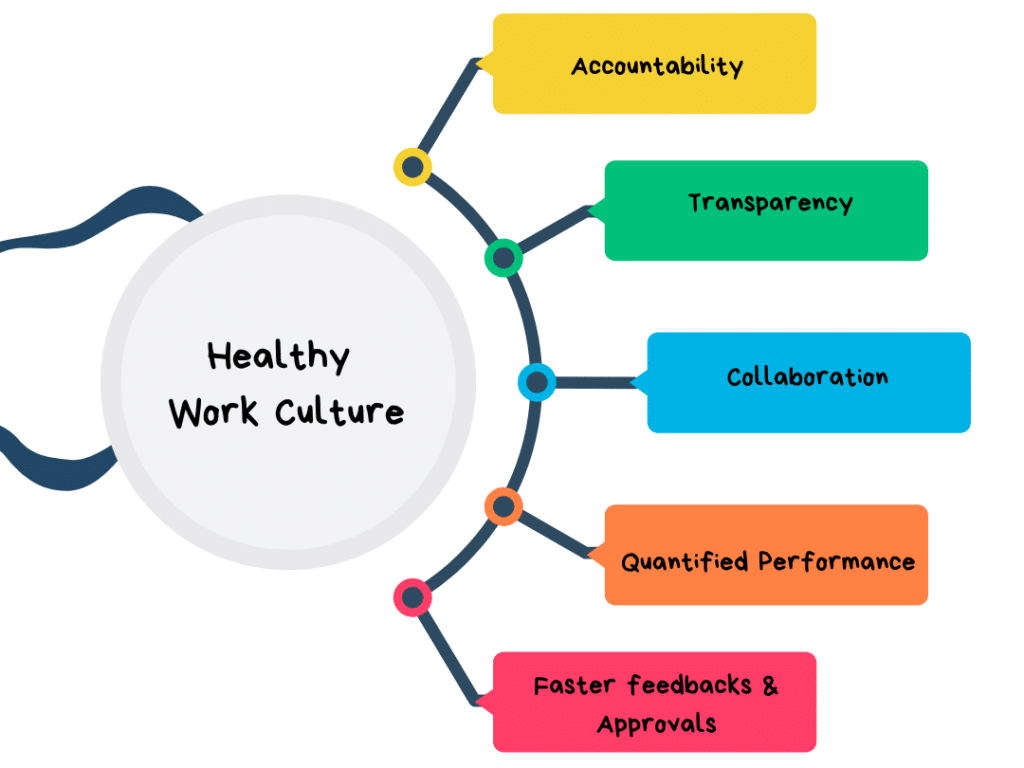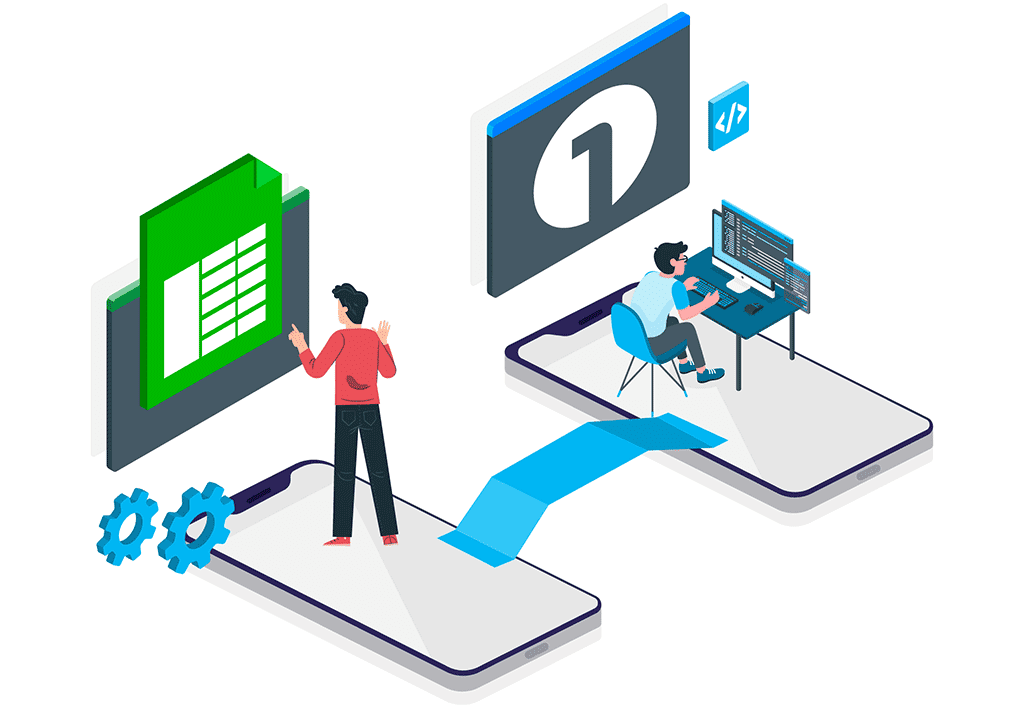
Get to know about:
Businesses are constantly seeking innovative ways to streamline operations and boost productivity. One powerful strategy is implementing internal applications tailored to meet specific organizational needs. Internal applications boost worker productivity by more than thirty-four percent. These internal apps not only enhance productivity but also foster a culture of innovation and Efficiency within the company.
Five ways in which Internal Applications promote a better work culture

-
Accountability:
Internal apps can track tasks, projects, and deadlines, assigning responsibilities to specific individuals or teams. These apps foster a culture of accountability across the organization by providing visibility into who is accountable for each task and real-time progress monitoring. Additionally, features like audit trails and activity logs ensure that actions taken within the app are recorded, promoting accountability at every level.
-
Transparency:
Internal apps centralize information and communication, making it easily accessible to relevant stakeholders. Whether it’s project updates, financial data, or performance metrics, transparency is enhanced as employees can access the information they need when they need it. This transparency not only builds trust within the organization but also enables better decision-making based on accurate and up-to-date information.
-
Collaboration:
Internal apps facilitate collaboration by providing a platform for employees to work together, regardless of their location or time zone. Features such as document sharing, real-time messaging, and collaborative editing promote teamwork and knowledge sharing, fostering a culture of collaboration and innovation within the organization.
-
Quantify Performance:
Internal apps can track key performance indicators (KPIs) and metrics relevant to various business aspects, such as sales performance, customer satisfaction, or employee productivity. By providing insights into performance trends and areas for improvement, these apps enable managers to identify opportunities for optimization and drive continuous improvement efforts.
-
Feedback and Approval Loops:
Internal apps can facilitate feedback mechanisms, allowing employees to provide input, report issues, or suggest improvements. This ensures that concerns and requests are addressed promptly and transparently.
5 Ways to Build Internal Applications
Here are five ways to develop an internal digital solution, one of which involves using a no-code platform:
1. No-Code Platforms:
Utilize no-code or low-code platforms to build your internal digital solution without requiring extensive programming knowledge. These platforms offer visual interfaces and pre-built templates, allowing users to create functional applications through user-friendly interfaces and configuration rather than coding from scratch. Check out the best no-code builders for internal apps.
2. In-House Development Team:
Establish an in-house development team to design and build the digital solution tailored to your organization’s specific needs. This approach provides full control over the development process and allows for customization according to your exact requirements. Depending on the project’s complexity and requirements, the team can utilize programming languages and frameworks such as Python, JavaScript, or Ruby on Rails.
3. Outsourced Development:
Hire a third-party development agency or freelancers to create the internal digital solution for your organization. Outsourcing can be a cost-effective option, especially for smaller businesses or projects with limited budgets. Ensure to choose a reputable vendor with relevant expertise and a proven track record in delivering similar projects.
4. Off-the-Shelf Software:
Purchase and customize off-the-shelf software solutions that meet most of your organization’s requirements. While this approach may require less initial development effort, it may also involve compromises in terms of customization and flexibility. Evaluate available software options carefully to ensure they align with your organization’s needs and can be integrated seamlessly into your existing workflows.
5. Collaborative Development Platforms:
Leverage collaborative development platforms such as GitHub or GitLab to facilitate internal collaboration and version control during the development process. These platforms allow multiple developers to work together on the same project, track changes, and manage code repositories effectively. By fostering collaboration and transparency, you can streamline the development process and ensure the timely delivery of your digital solution.
Comparison of different ways of building internal apps
| No-Code Platform | In-House Development | Outsourced Development | Off-the-Shelf | Collaborative Development | |
|---|---|---|---|---|---|
| Accessibility and Ease of Use | High | Moderate to High | Moderate | Moderate | Moderate to High |
| Customization | Varies | High | Moderate | Moderate | Moderate |
| Speed of Development | Fast | Moderate | Slow | Moderate | Variable (depends on team proficiency) |
| Cost Considerations | Low | High Initial Costs | High | Cost-Effective | Variable (depends on infrastructure setup) |
| Scalability | As per need | High | Variable | Variable | High |
| Control and Ownership | Moderate | High | Variable | Low | Moderate to High |

Take advantage of no-code to get ahead of your competitors.
No-Code development platform for all your unique projects.








